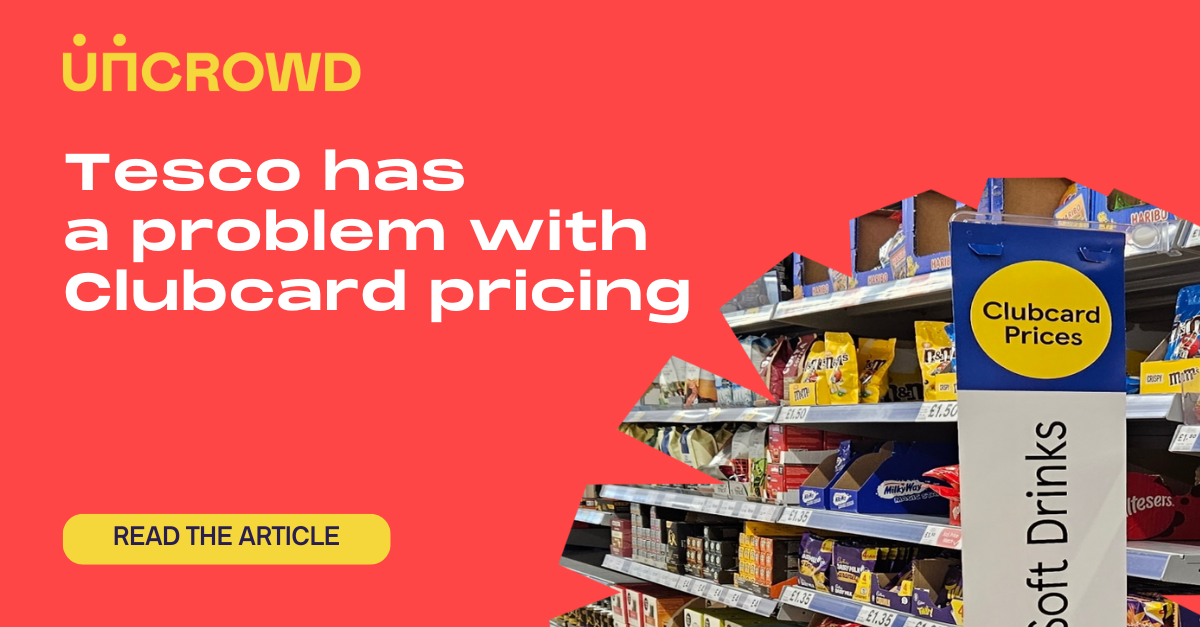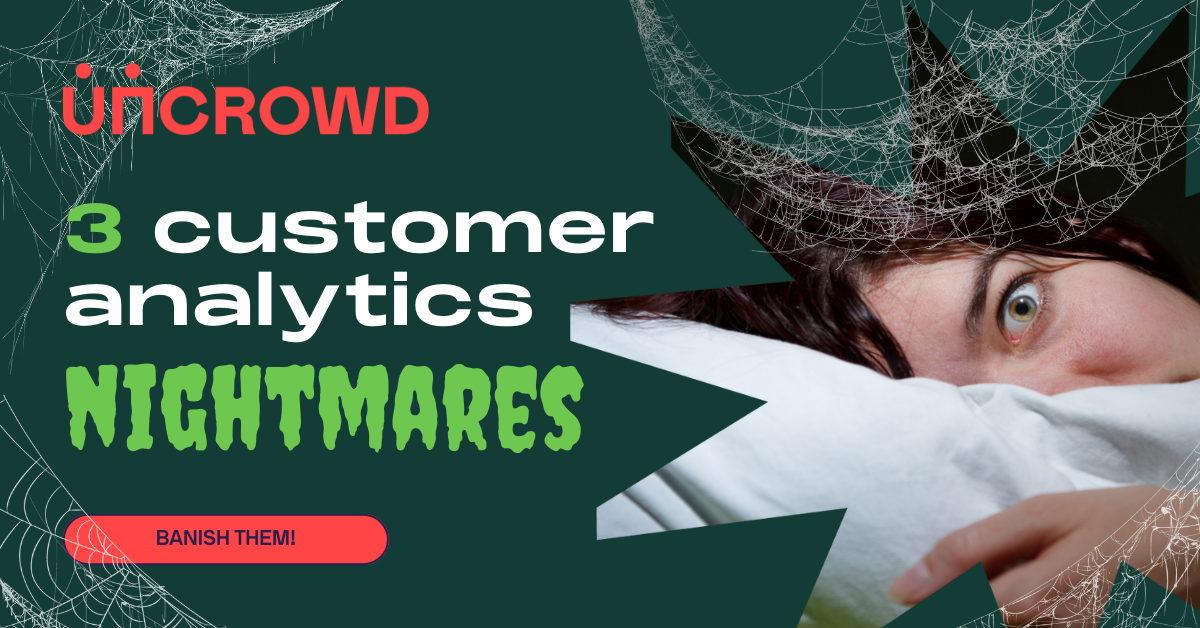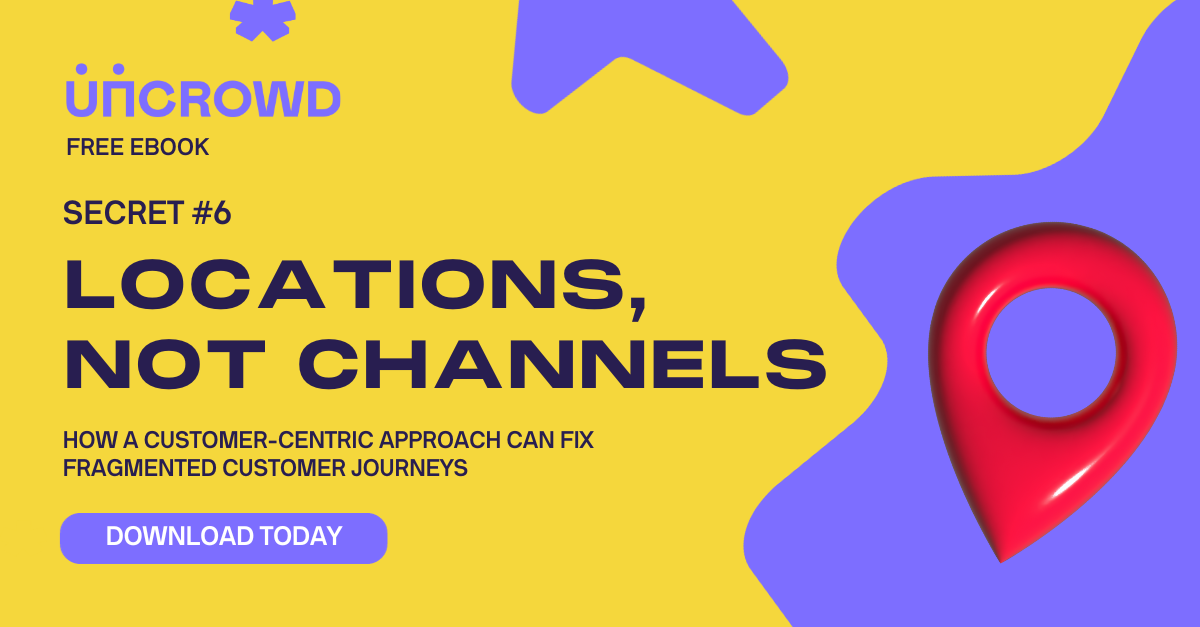Understanding customer choice

The choice problem
Think about the times you’ve tried to measure your CX against competitors. You want to know why customers choose you, or them.
But with traditional customer analysis tools it’s hard to find useful answers, beyond the obvious.
Survey-based metrics might tell you customers are choosing your competitors because they're ‘cheaper and more convenient’. That's the kind of thing customers are likely to say when they’re asked about their shopping choices. But is it accurate?
It’s hard to analyse the complex real-world environment in which customers make decisions. Customers struggle do this themselves — the human brain finds it hard to remember why we did something or imagine how we would act in a different mood to the one we’re in right now.
So, asking customers why they make the choices they do just gets you those same old obvious answers again and again.
Traditional competitor analysis is too distant from customer decision making. It can provide useful insight to help us anticipate a competitor’s moves within a market, but it leaves us with blind spots when it comes to customer choice.

Trolley friction
A small fluctuation in the balance between purchase friction and shopping reward can prompt a customer to choose a competitor. But how do we analyse these tiny shifts?
The moment that crystallised for me the crucial relationship between friction and reward involved a shopping trolley and a pound coin. I needed the first but didn’t have the second. Man, it was annoying.
The need for a coin was a tiny friction — Sainsbury’s would have given me a trolley token for free if I'd gone in store and asked.
But right then and there, sat in my car wanting to buy family meals for the weekend while feeling hungry and tired, it was the straw that broke the camel’s back.
I flounced home, ordered a takeaway, and put in my first order online with Ocado.
Survey-bases metrics might have missed the motivators for this moment of choice because I may not have accurately reported on my own decision drivers in a survey at a later date.
And surveys tend to only report on your own customers, not customers you lose to a competitor, or another sector entirely.

Using Customer Story
A useful alternative approach is to define your competitive set by the solution sought by the customer; the Customer Story.
- A Customer Story is a combination of the mission they're on, and the mindset they're in.
- A customer mission is what a customer is trying to achieve when they shop. Buy food for the weekend is a customer mission.
- A customer mindset is the group of needs, moods, emotions, attitudes, habits, biases and circumstances that may influence how a customer carries out a mission.
In different Customer Stories, some options will appear more relatively attractive than others.
In my trolley-coin-flounce story, my mission — Buy food for the weekend — was accompanied by a specific mindset — Hungry, tired, wanting to get home.
In that combo, faced with a tiny friction, a delivery company was more relatively attractive than a physical supermarket.
Driving growth
Analysing customer decision cues for specific Customer Stories can help retailers make themselves more relatively attractive than competitors - the chief driver for growth.
Your brand purpose and growth strategy determine which Customer Stories are commercially valuable.
Uncrowd is on a mission to improve every customer experience on the planet and we're doing that through a unique combination of CX observation, quantitative measurement and comparative results. Our data is objective, empirical, and always shows your next best action.


